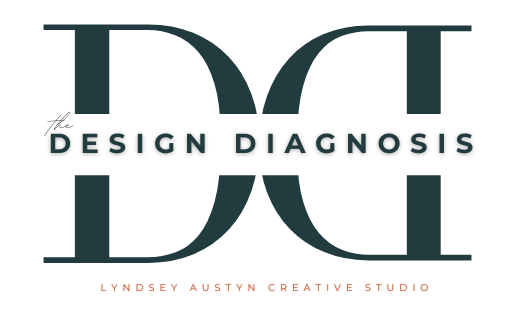Home Staging vs. Interior Design: Key Differences Explained

When it comes to enhancing a home’s appearance, many people use the terms home staging and interior design interchangeably. However, these two services serve distinct purposes and cater to different audiences. Whether you’re a homeowner preparing to sell or someone looking to personalize a space, understanding the key differences between home staging and interior design is crucial.
What is Home Staging?
Home staging is a strategic process aimed at making a property more appealing to potential buyers. The goal is to highlight the home’s best features, maximize space, and create a neutral, welcoming environment that appeals to a broad audience.

Key Features of Home Staging:
- Focuses on Buyers – Home staging is designed to attract potential homebuyers rather than the current homeowner’s personal style.
- Neutral and Minimalistic – Stagers remove personal items, declutter spaces, and use neutral colors to make the home feel move-in ready.
- Enhances Visual Appeal – Staging emphasizes furniture arrangement, lighting, and décor to showcase the home’s full potential.
- Temporary Solutions – The furniture, artwork, and accessories used in staging are often rented or rearranged specifically for marketing the home.
- Boosts Home Value and Sale Speed – Studies show that staged homes sell faster and often at a higher price than non-staged properties.
What is Interior Design?
Interior design, on the other hand, is a personalized approach to creating a functional and aesthetically pleasing living space tailored to the homeowner’s style and needs. Unlike staging, interior design is not about selling a home but about customizing it for long-term enjoyment.


Key Features of Interior Design:
- Personalized to the Homeowner – Interior designers work closely with clients to reflect their tastes, lifestyle, and preferences.
- Long-Term Investment – Unlike home staging, which is temporary, interior design focuses on permanent design choices, such as custom furniture, built-ins, and color schemes.
- Emphasizes Comfort and Functionality – Interior designers consider ergonomics, space planning, and functionality to create a cohesive and comfortable space.
- Broader Scope – Interior design includes elements like custom furniture, textiles, flooring, and even architectural changes to improve the home’s layout.
- Creative Expression – Homeowners can incorporate bold colors, unique artwork, and statement pieces that might not be ideal for selling a home but enhance their personal living experience.
Home Staging OR Interior Design: Which One Do You Need?
While home staging and interior design serve different purposes, the two often overlap in strategic ways. A well-staged home isn’t just about creating a neutral, appealing space for potential buyers—it’s about crafting an environment that feels so inviting that sellers sometimes reconsider selling! On the flip side, buyers who fall in love with a staged home may even want to purchase the furniture and decor as part of the deal.
If you’re considering both staging and interior design, know that the transition between the two is highly strategic. You can stage a home with an interior designer’s eye for detail or design a lived-in space with resale potential in mind. The key is understanding when to prioritize each approach based on your goals.
Whether you’re preparing to sell or simply want to love your space a little more, blending elements of staging and design can be the perfect strategy to achieve both beauty and functionality.


